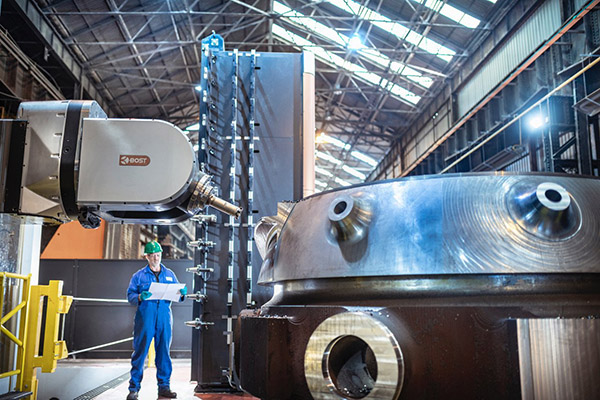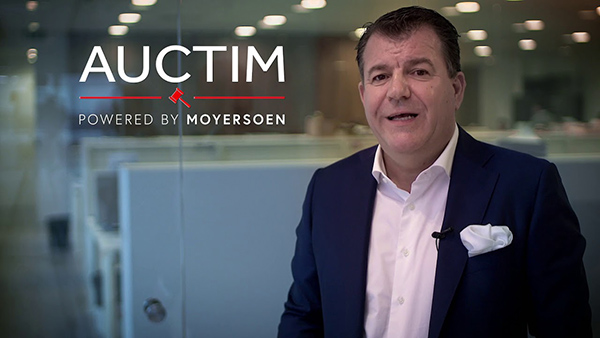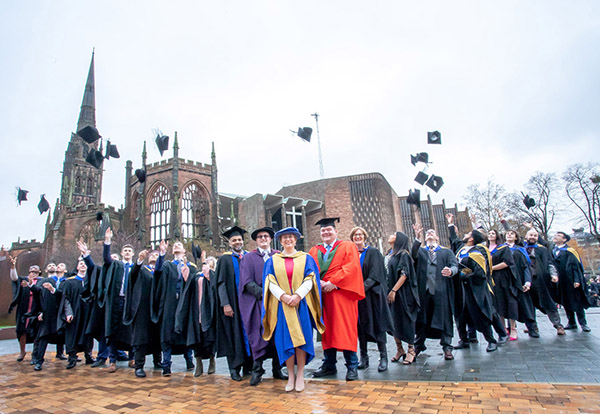Ferrabyrne is a specialist moulding company predominantly producing bonded rubber for metal technology and suspension systems used in the rail industry and commercial vehicles. The Littlehampton-based business manufactures as much as possible in-house, including the design and production of mould tools. Recent growth in demand from its rail customers, driven by refurbishment of existing roiling stock to extend its service life and new projects, meant that the company’s tool room had to meet unprecedented production challenges. This saw a need for improved and increased machining capacity.

“The rail market is very active at present, which has led to unprecedented demand for our products,” explains Mike Wood, Ferrabyrne’s project director. “Customers such as Hitachi, Siemens, Bombardier, CAF and Stadler are very active in the UK and Europe. The development of new rolling stock has led to an increased number of new vehicles that our customers are bringing to market, and it is a privilege to working with them. We have invested heavily in rapid prototyping to ease pressure at the design stage, but our tool room was faced with major production challenges. We would typically produce one mould tool every 2 to 3 weeks, but at present we have a waiting list of over 40 mould tools, with a similar number of assembly tools. Additional tool room machining capacity was clearly a priority, hence the need for investment.”
As products have developed in size and complexity, demands on the mould tools have also increased, and the need for a machine capable of meeting these challenges has led Ferrabyrne to XYZ Machine Tools and its XYZ 2010 vertical machining centre.
Part of XYZ’s HD (heavy-duty) range, the 2010 VMC is a box-slideway based machine built on solid Meehanite castings, with the machine weighing in at 20,000 kg. One feature that attracted Ferrabyrne to this machine was its 1,000 mm of Y-axis travel, which is supported on six hardened box ways.

“As our work was increasing in size, we were finding that we were having to shuffle work around on our existing machines in order to fully manufacture them,” says Phil Nell, Ferrabyrne’s tooling design engineer. “So, having the large Y axis was an important part in our decision making and, although we did our research, the XYZ was the only machine of this type that could give us that. Our requirements also included a need to quickly set-up jobs for one-off and low-volume production, and the XYZ gives us that ability, in combination with our WorkNC and Autodesk software, which help create complex tool paths quickly for download to the Siemens control.”
Prior to placing the order for the XYZ 2010 HD VMC, the team from Ferrabyrne visited an XYZ showroom for a demonstration and, while there, attention was drawn to the ProtoTRAK lathe, in particular the new ProTURN RLX 425 with a 1.25 m bed length. This machine features the latest RX ProtoTRAK control.
“I used ProtoTRAK when it was first introduced, and we have an XYZ SLV turret mill in the tool room with one of the older EMX controls, so I was interested to see the new control and I have to say it’s brilliant,” says Nell.
The impact that the new control had on Nell and his colleagues saw them go away and produce a justification for the purchase of the RLX 425 that included the elimination of an existing CNC lathe.
“The benefits of the RLX 425 have fully justified our commitment to purchase it,” says Nell. “We did have some resistance from people who were used to the old machine, but the simplicity and ease-of-use of the ProtoTRAK control quickly won them over. Our efficiency producing low-volume parts has improved, as we can load DXF files for more complex jobs to the control, but still program many jobs at the machine and quickly be in production. However, the thing that mostly won us over was the TRAKing facility, whereby we can verify programs before pressing cycle start. This gives a lot of confidence to the operators; it is a perfect machine for our tool room work.”

XYZ’s ProTURN RLX 425 sits in the middle of the company’s ProTURN lathe range and is available with either a 1.25 or 2 m distance between centres. Performance is enhanced by a 7.5 kW spindle with three speed ranges covering 25 to 2500 rpm. In addition to the TRAKing facility, the ProtoTRAK control delivers constant surface speed, a touchscreen interface with the now familiar ‘pinch to zoom’ and ‘twist to rotate graphics’, a tool library, and on-screen speed and feed override. These features are among many enhancements that lead to smoother workflow and greater productivity, yet retain the familiar ease-of-use to which ProtoTRAK users have become accustomed, making the step up from older versions straightforward.
For further information www.xyzmachinetools.com


























